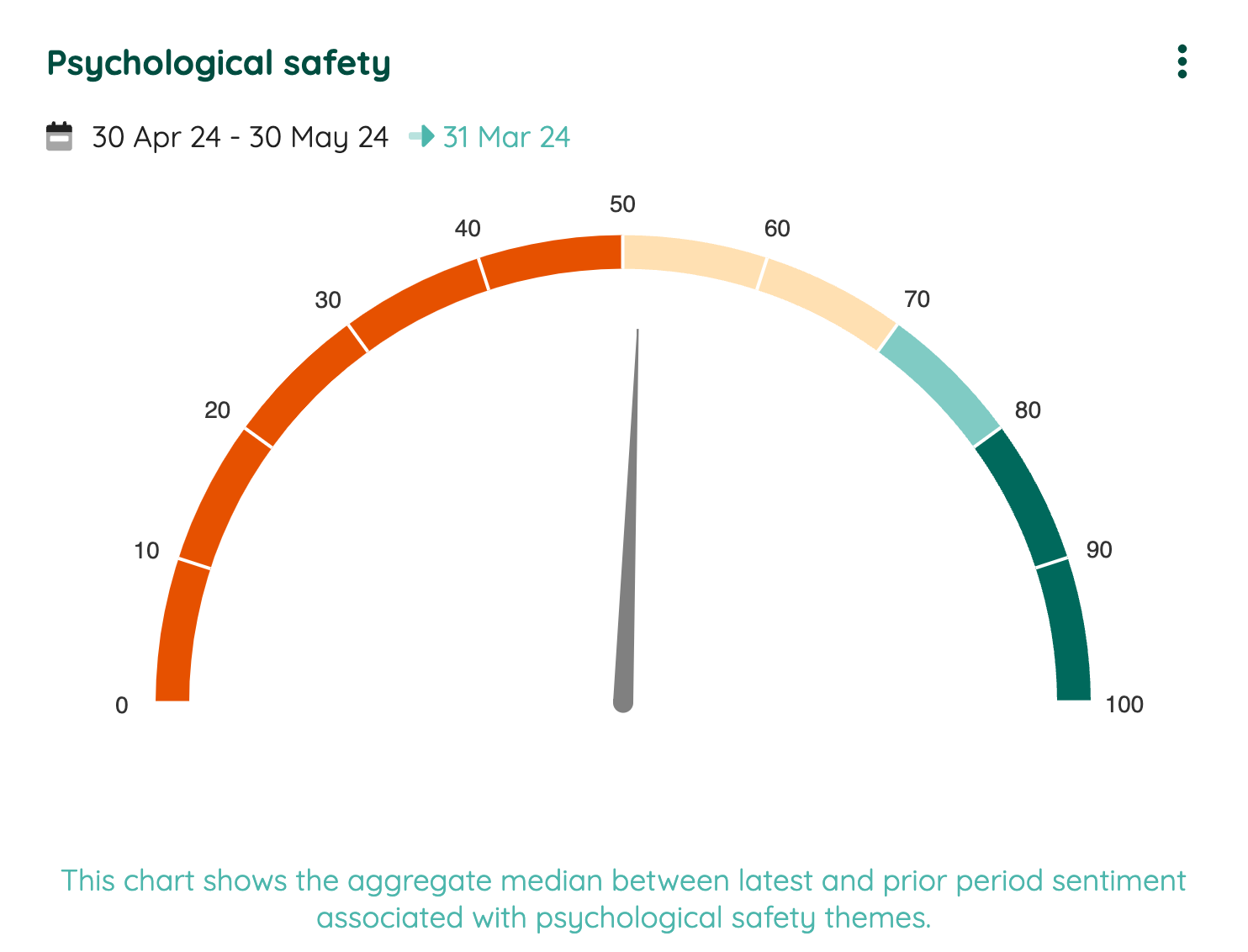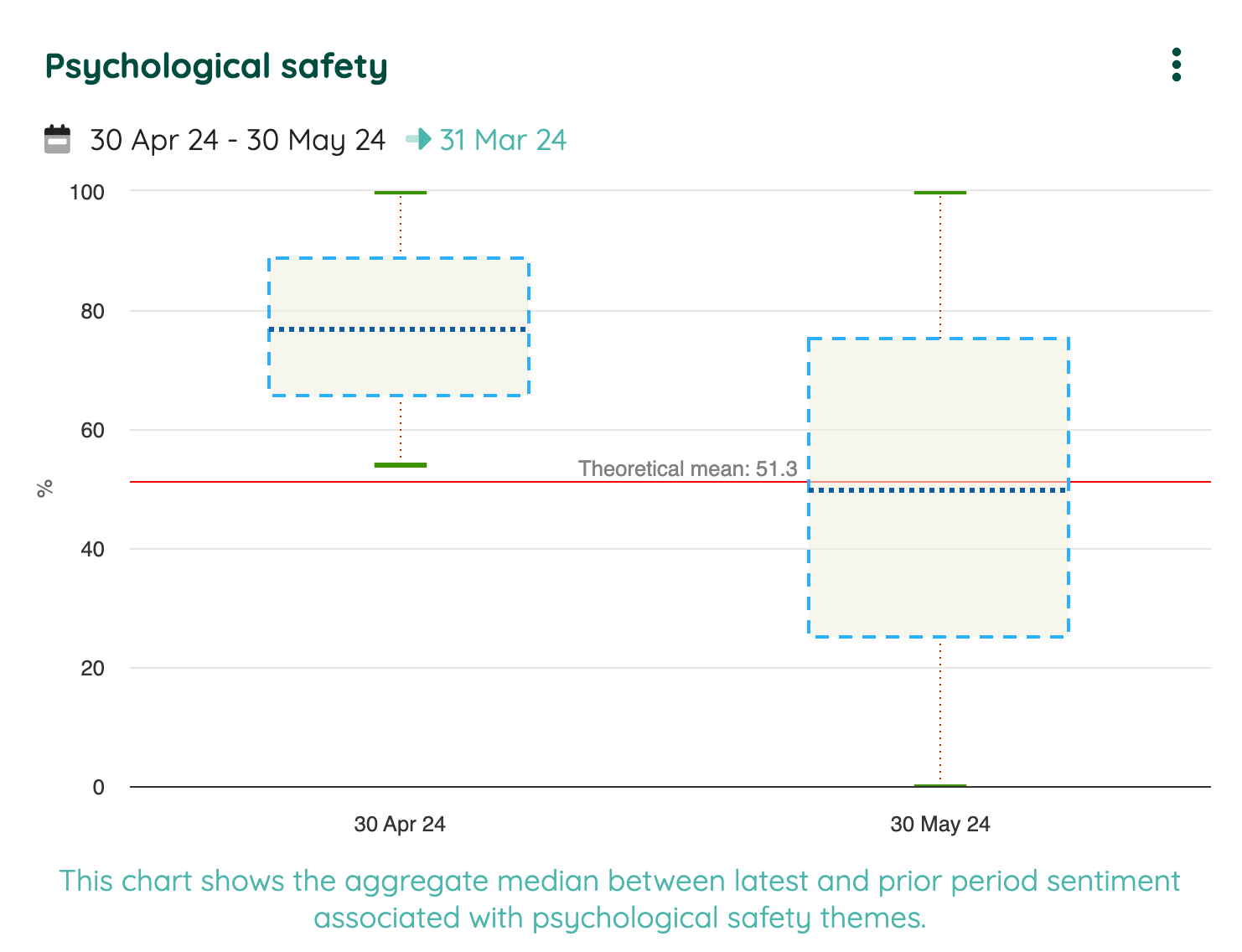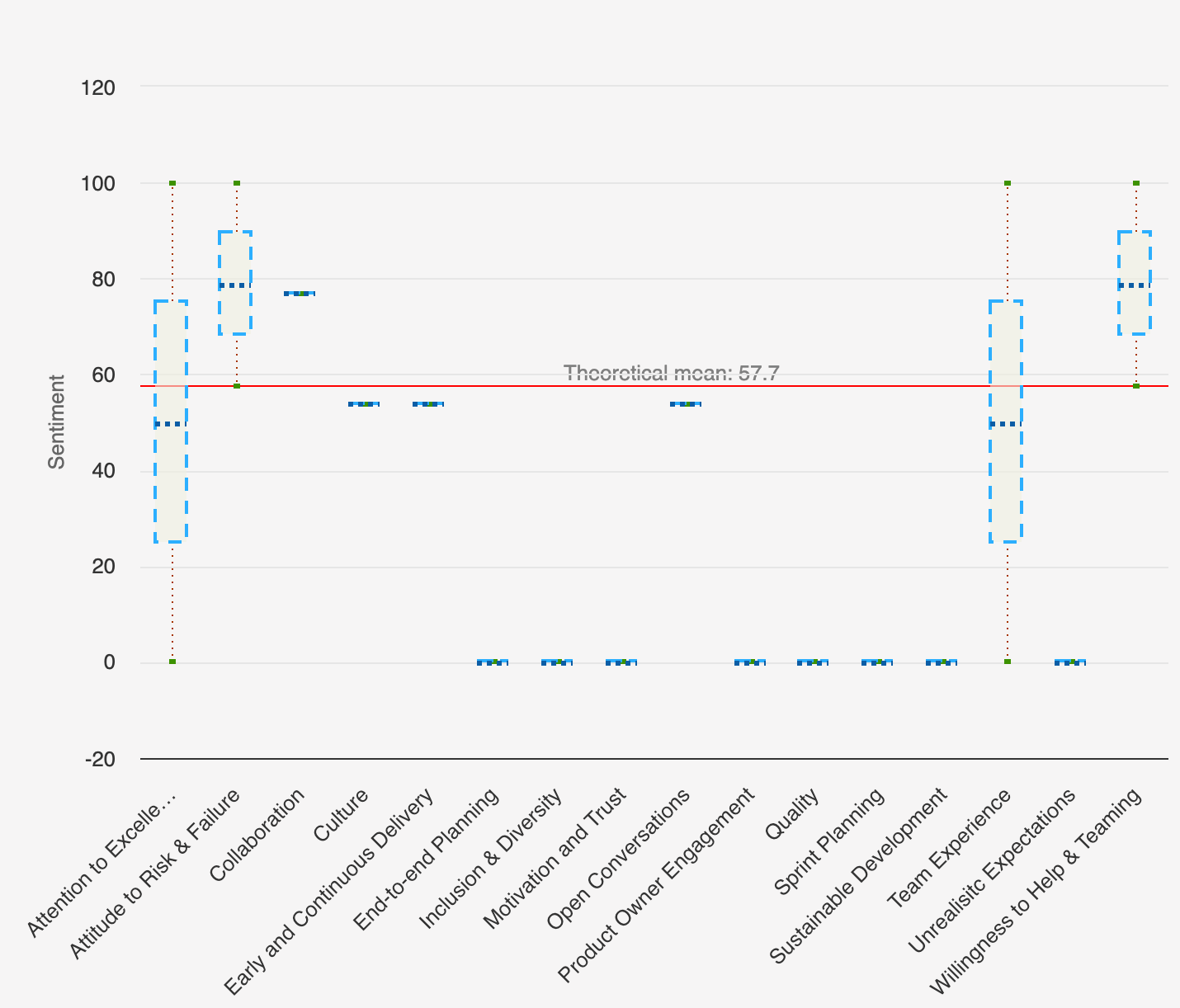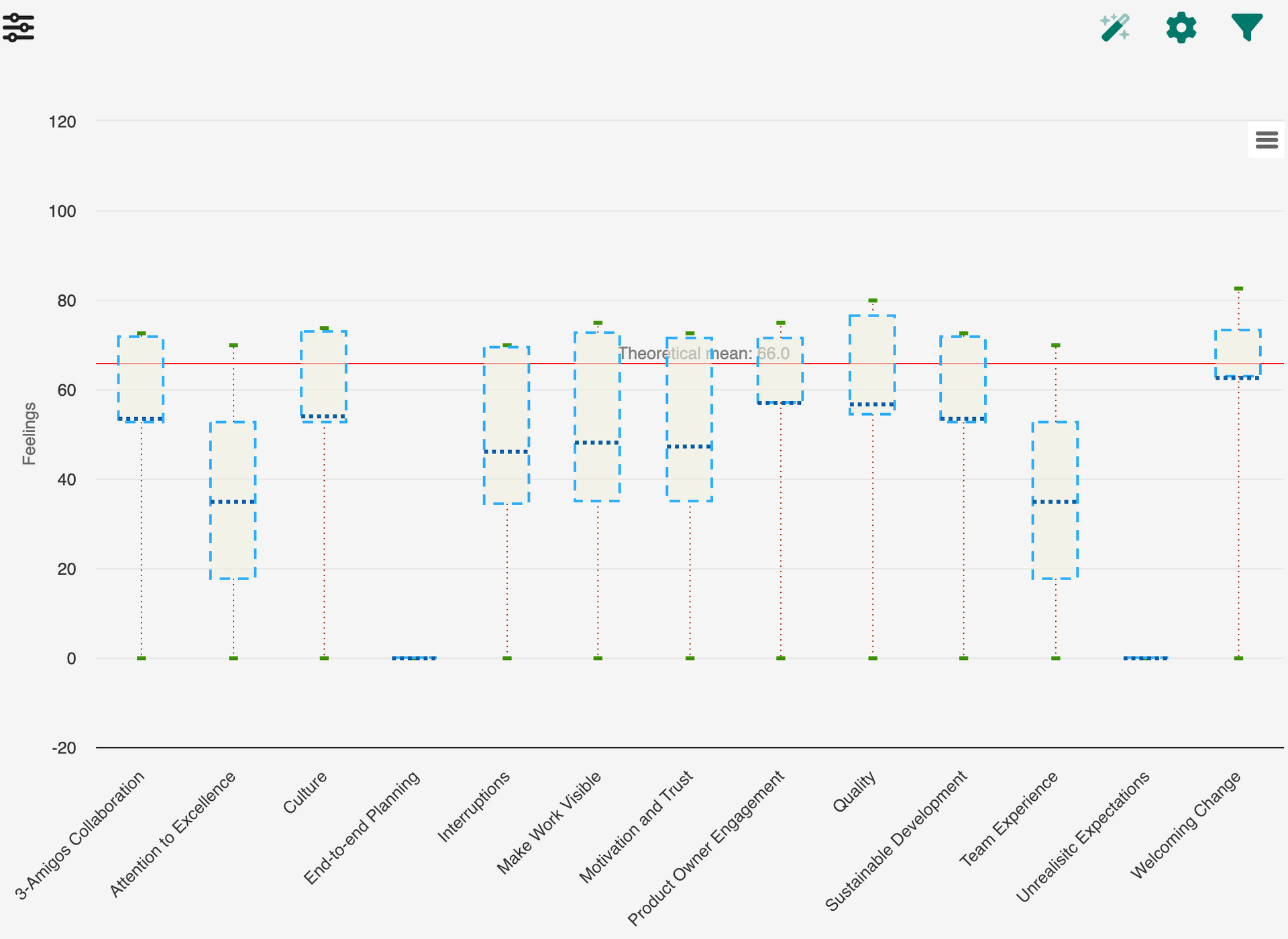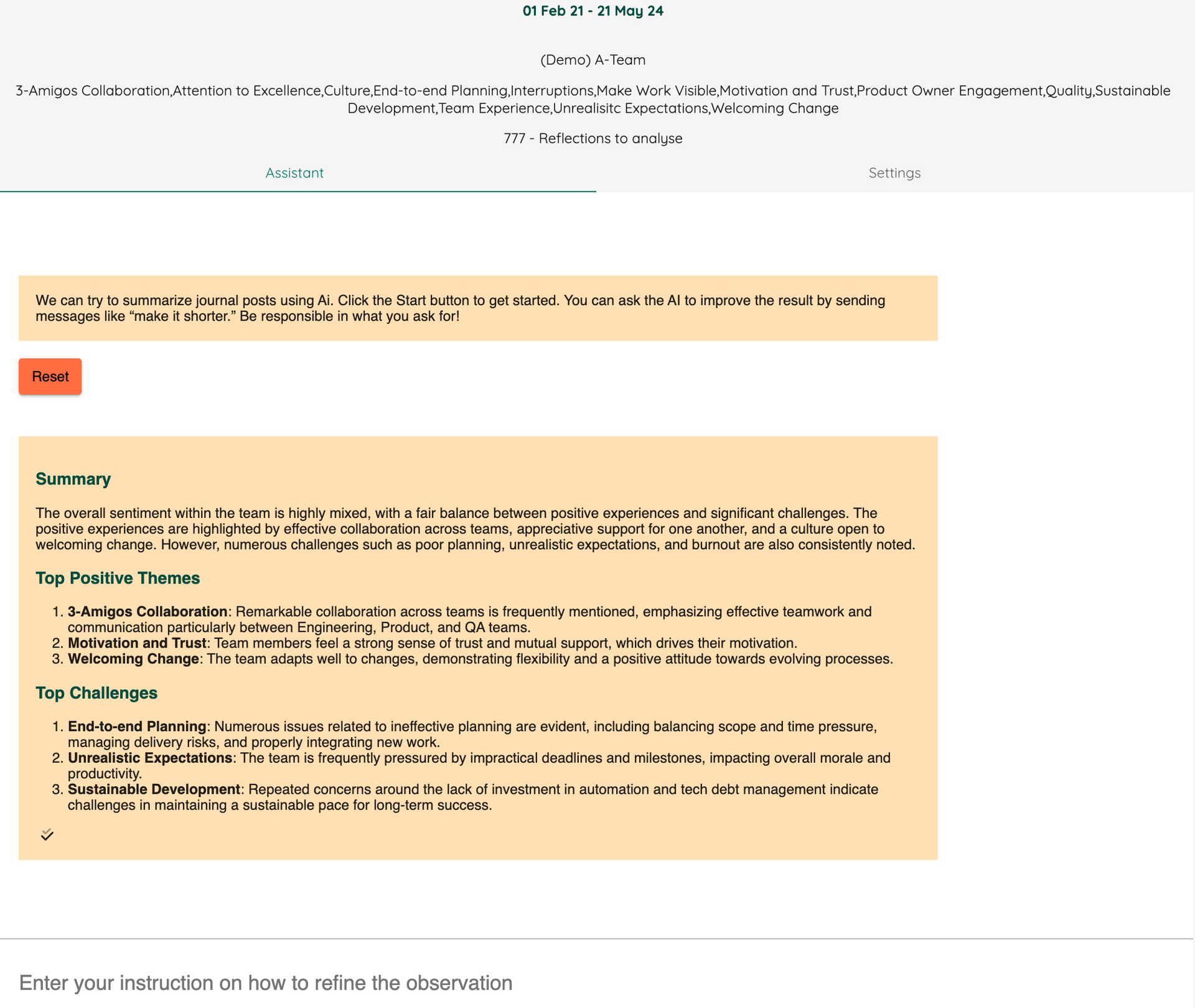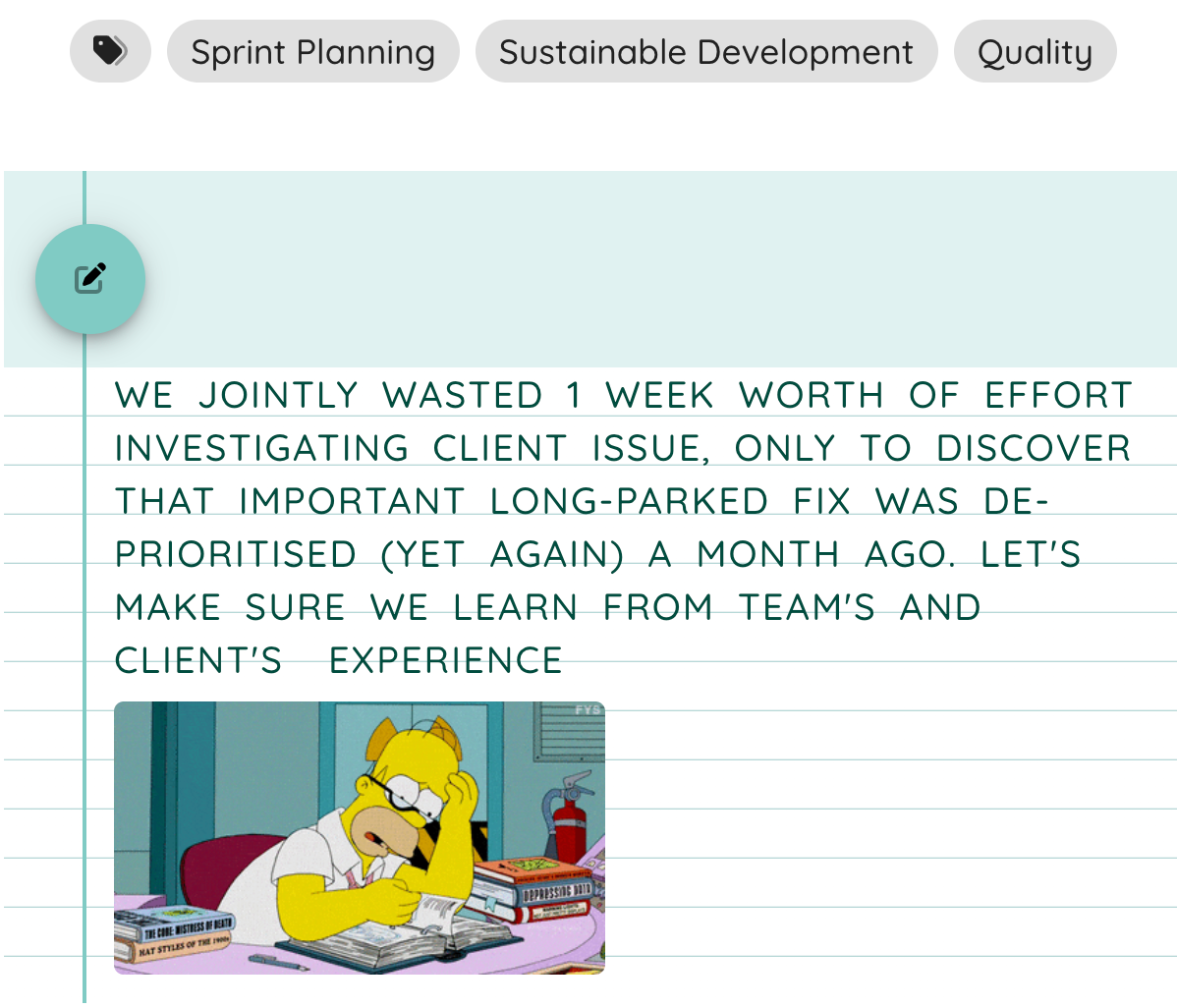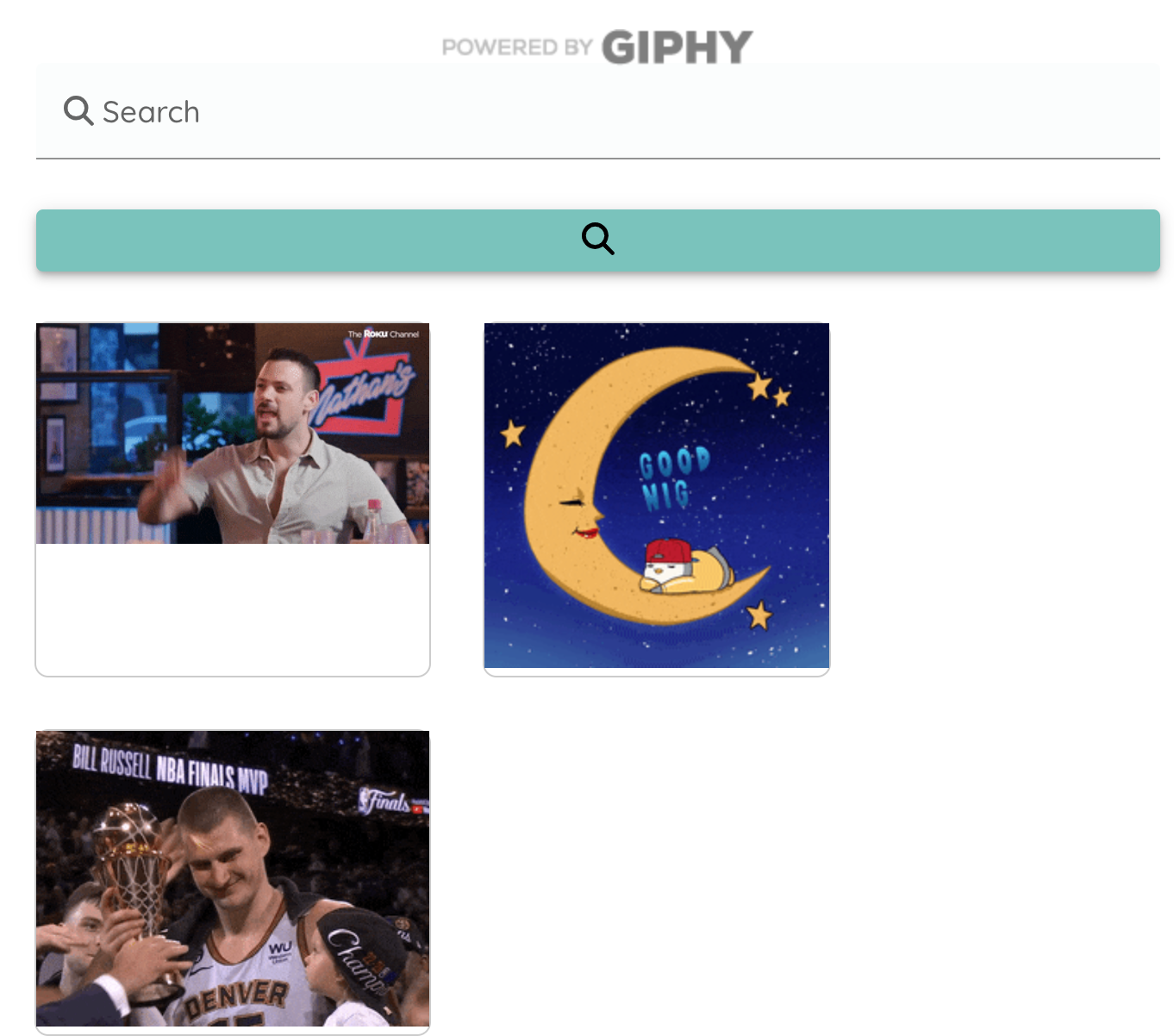Psychological Safety
It is easy to measure psychological safety using any methodology
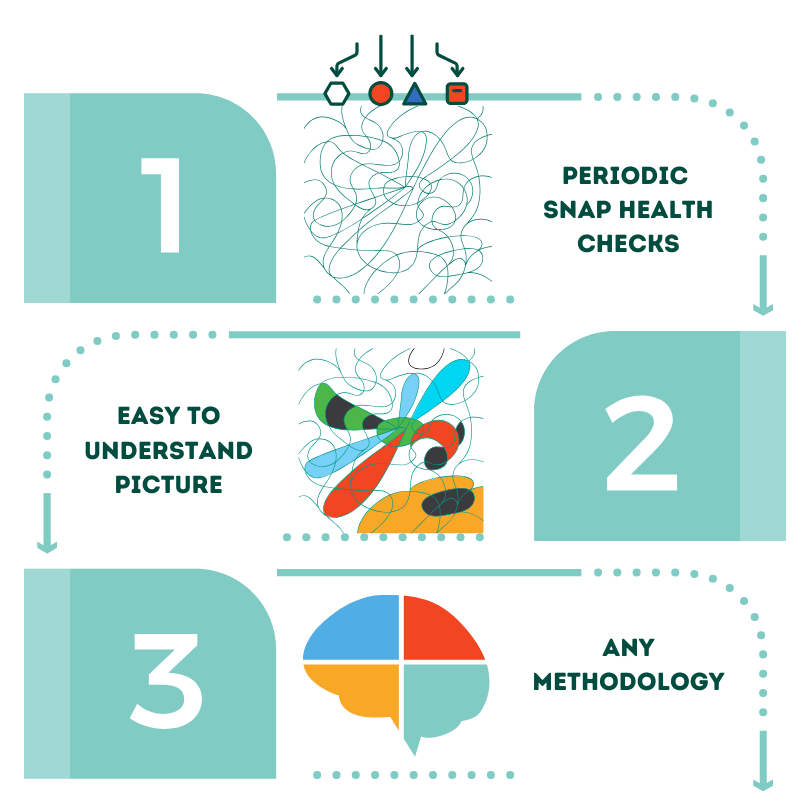
About the concept of Psychological Safety
Gallup 2017 - 2022
Only three in 10 employees strongly agree with the statement that their opinions count at work. Gallup calculated that by “moving the ratio to six in 10 employees, organizations could realize a:
- 27% reduction in staff turnover
- 40% reduction in safety incidents
- 12% increase in productivity
- Profitability can rise by 21%
Other research
- The State of DevOps reports of 2019, 2020 & 2021 consistently showed psychological safety as an essential keystone to the high performance of an entire organisation.
There are several influential thought leaders in the field of psychological safety, each offering a unique, complementary perspective based on authoritative research and personal experience.
Our approach
We reduce overheads and resistance by empowering people to "push" their perspectives on psychological safety via two channels:
- Live Pulse - ability to gain insights without any surveys
- Snap Health Checks - ability to gain insights via periodic voting, it is a form of a low-touch survey with minimised bias
Options for people:
- stay anonymous or to abstain from providing an opinion. Absence of data is a data point in itself is more powerful that than the poor quality data
- real-time analytics
- Ai assistant for interrogating data
Benefits for people
- Ability to stay anonymous or to abstain from providing an opinion
- Ability to communicate feelings and information without the bias of pre-conditioned questions
- Full control on the measure of the sentiment
Benefits for facilitators
- Simply choose "themes" to measure as per methodology of your choice
- Neelix snap health checks empower you to provide explanations about what themes mean, but there is no need to craft a survey
- Out of the box tracking of changes over time, and insights into differences between teams
- Deeper insights using max / min / median and other analytics
- Safe use of Ai Assistant - our curated Ai provides useful summary and ensures that only data submitted by people is analysed
How it works
- Configure "themes" as per psychological safety methodology of your choice
- Mark applicable themes as "psychological safety" type
- You are now ready to empower the stream of data via one of two options
- Facilitate periodic Snap Health checks (a low-touch and easy 2 min vote)
- Mentor teams on the use of Live Pulse integrated with your MS Teams or Slack daily space
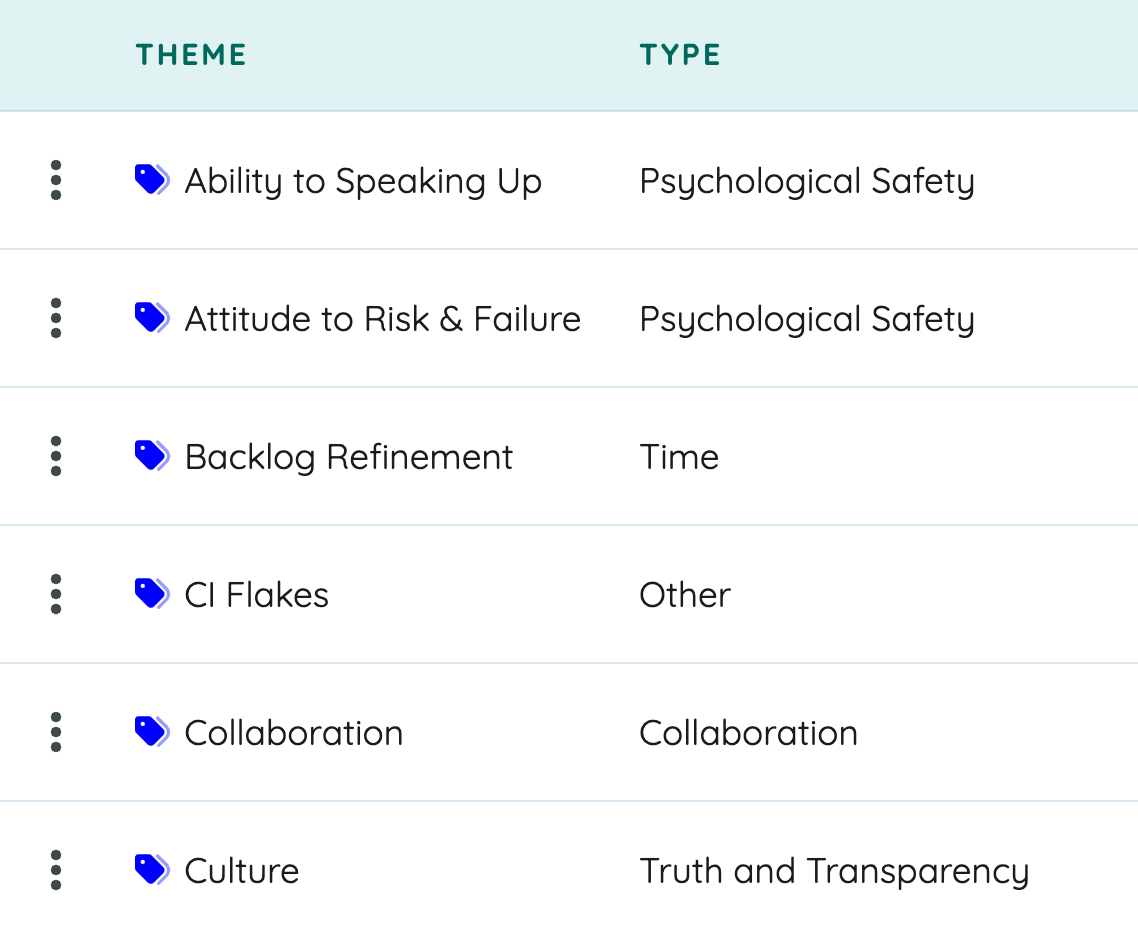
Psychological Safety Features
Deep and Flexible Psychological Safety Insights
There is a lot of great research into the nature, benefits, and building blocks of psychological safety—check out the research and methodologies of Dr. Brené Brown or Dr. Amy K. Edmondson.
With Neelix.IO you are in charge of creating a secure, contextual and measurable Live Pulse feedback system. You can adapt psychological safety measures to the context of your people; For example, people may find it easier to provide reflections on “collaboration” rather than a direct question about “willingness to help"

Humour at Workplace
In order to assist with "the belief that you won’t be punished or humiliated for speaking up with ideas, questions, concerns, or mistakes", Neelix has Giphy integrated as part of the reflection.
People associate team journal entries with a measure of "impact" (positive or negative gradients) and context of themes. Therefore, there may be no need to write extensive commentary (if any) because a picture can be worth a thousand words.
The necessary lubricant to for building a culture of smart transparency.
Anonymous Feedback Options
In order to stay safe, a person can overwrite the nickname associated with the post with humour assisted tag - e.g. instead of post being visible as "created by Bob", it could be displayed as "created by a Well Wisher".

Common Challenges
“Effective communication is 20% what you know and 80% how you feel about what you know.“
– Jim Rohn
Vibrant organisations embrace diversity of opinions, background and promote the culture of being teachable. This applies to everyone - leaders and the grassroots.

